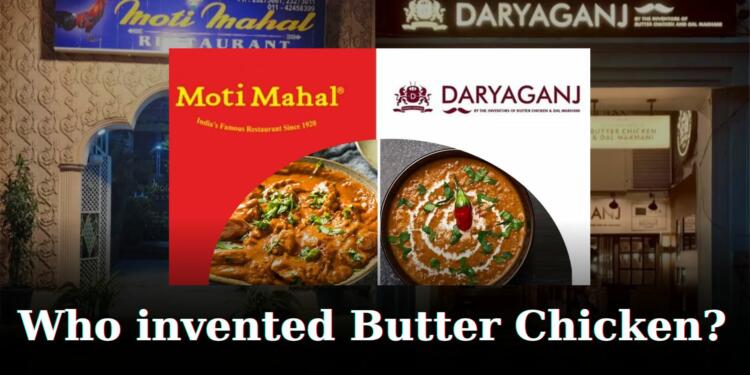In the heart of India, a culinary controversy is sizzling as two restaurant chains lock horns over the origins of the beloved dish, butter chicken. The courtroom drama involves Moti Mahal, a historic Delhi restaurant with luminaries like Richard Nixon and Jawaharlal Nehru on its guest list, and Daryaganj, a newer contender that entered the scene in 2019. The lawsuit, now a national talking point, revolves around the claim that Moti Mahal’s founder, Kundan Lal Gujral, birthed the iconic curry in the 1930s during the restaurant’s Peshawar days. On the other side, Daryaganj contends that their late family member, Kundan Lal Jaggi, collaborated with Gujral in 1947 to open the Delhi branch, thereby sharing credit for the dish’s inception. This legal tug-of-war has India hooked, with debates raging on social media and television segments dissecting the tangled history of butter chicken.
The Legal Feast Unveiled
Moti Mahal alleges that Daryaganj is not only making false claims but also imitating their website layout and restaurant ambiance. Seeking $240,000 in damages, the Gujral family asserts that Daryaganj is attempting to snatch away a legacy built when their grandfather was in Pakistan. Monish Gujral, the managing director at Moti Mahal, emphasizes the familial connection and historical timeline as the bedrock of their case. The court filing, comprising a whopping 2,752 pages, meticulously outlines the grievances against the rival chain.
Daryaganj’s Defense: A 1949 Partnership Document
Daryaganj fires back, presenting a faded yet crucial piece of evidence, a hand-written partnership document from 1949. According to this document, Kundan Lal Jaggi, Daryaganj’s late family member, partnered with Gujral to open the Delhi restaurant in 1947. They argue that the creation of butter chicken happened within the confines of their establishment, giving them a legitimate claim to the dish’s origin. The restaurant maintains that their case is grounded in historical facts, pointing to the documented collaboration between the two families.
Nationwide Stir: Social Media and TV Buzz
The courtroom battle has transcended legal circles, capturing the imagination of the nation. Indian TV channels are airing segments exploring the deep roots of butter chicken, while social media is buzzing with opinions and commentary. The dispute’s uniqueness lies in the absence of concrete evidence establishing the dish’s true creator. Intellectual property lawyer Ameet Datta remarks on the court’s challenge, suggesting that testimonials from individuals connecting a brand to the dish consumed decades ago could be the linchpin in this flavorful legal debate.
The Dish that Divides: Butter Chicken’s Global Recognition
Butter chicken, with its tandoor-cooked chicken pieces, tomato gravy, cream, and butter, holds a global stature. TasteAtlas, a platform driven by user ratings, placed the dish at 43rd position among the world’s “best dishes.” With nearly 400,000 users participating in the rankings, butter chicken proudly stands as the second-ranked Indian food, trailing only behind butter garlic naan bread. This widespread acclaim adds an extra layer of significance to the legal skirmish over its origin.
The Verdict Awaits: Next Hearing in May
The Delhi High Court witnessed the initial clash last week, setting the stage for a legal spectacle that will continue in May. As India awaits the court’s decision, the butter chicken battle remains a riveting tale, blending culinary heritage, legal intricacies, and a dash of spice that has captivated the nation’s collective palate.






























